Now Reading: Water Saving Irrigation Techniques: Smart Tips for Efficient Irrigation
-
01
Water Saving Irrigation Techniques: Smart Tips for Efficient Irrigation
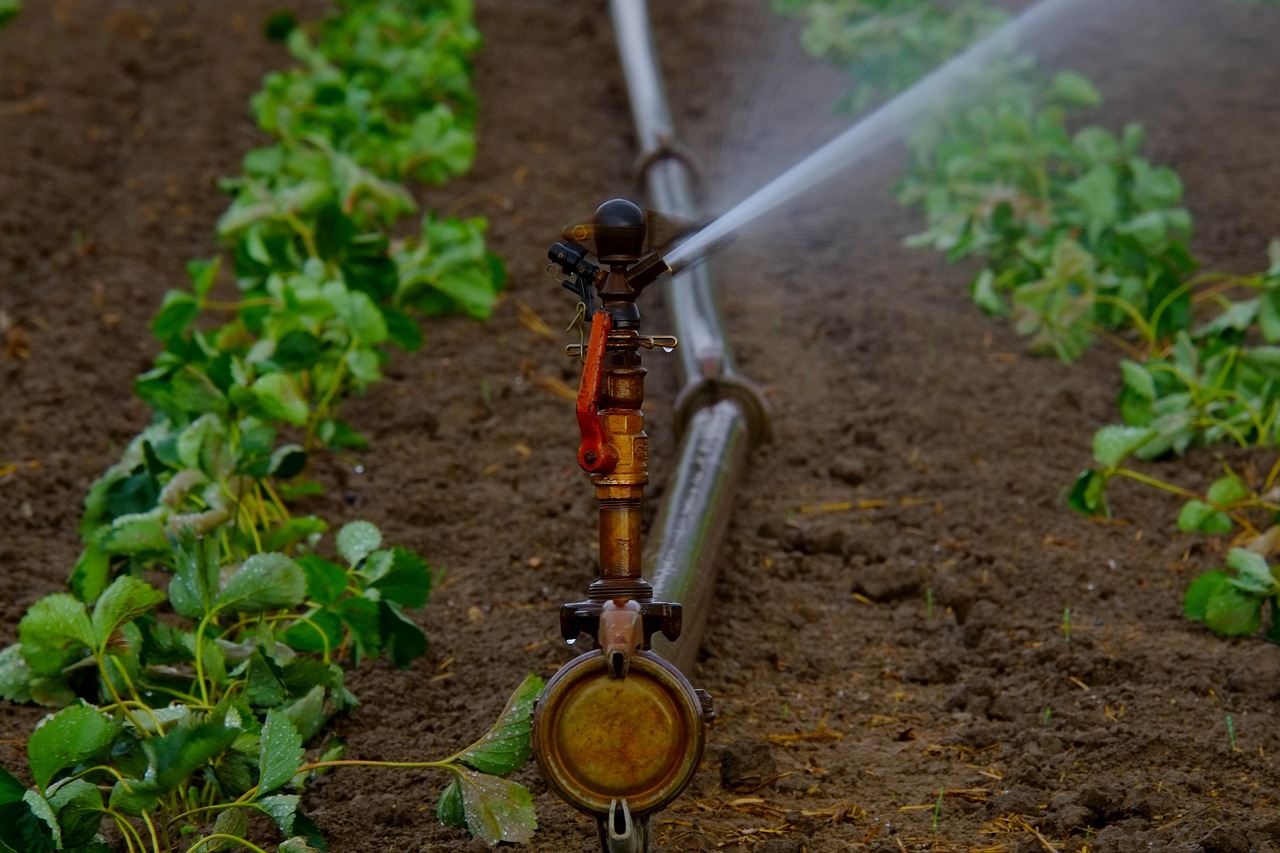
Water Saving Irrigation Techniques: Smart Tips for Efficient Irrigation
If you’ve ever stood in your garden holding a hose, wondering why your water bill looks like you’ve been running a car wash in your backyard, you’re not alone. Irrigation has been around since ancient times—Egyptians used canals, Persians had qanats, and you… probably have a tangled mess of hoses and a sprinkler system that waters the driveway more than the roses. Here’s the good news: water saving irrigation techniques can save your plants, your money, and your sanity.
Let’s break down how you can master water efficient irrigation, and yes, we’ll sprinkle in a few laughs so this doesn’t feel like reading a water utility manual.
Why Efficient Irrigation Matters
Water is liquid gold. Freshwater makes up only about 2.5% of Earth’s water, and most of that is locked away in glaciers. That means every time your sprinkler sprays the sidewalk, somewhere a water manager cries into a drought tolerant cactus.
Irrigation isn’t just about watering. It’s about water conservation, soil moisture, water efficiency, and smart irrigation scheduling. Poorly designed irrigation systems waste water, increase water consumption, and can even contribute to contaminated water runoff. And let’s be honest—wasting water feels like pouring drinking water straight into the neighbor’s dog’s bowl.
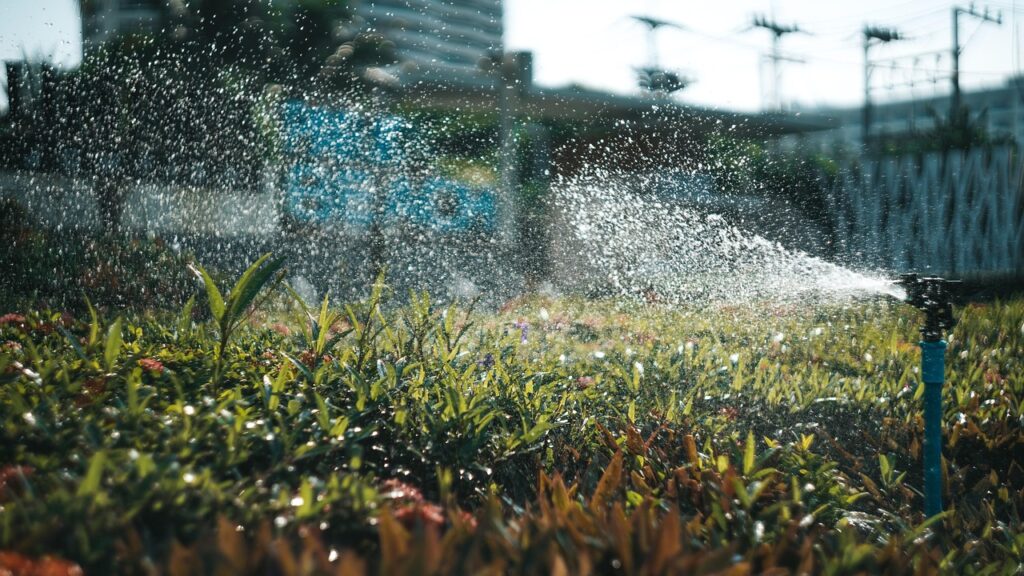
Choosing the Right Irrigation System
Not all irrigation systems are created equal. Some waste water faster than a teenager in a long shower. Others, like drip irrigation systems, whisper sweet nothings directly to your plant roots. Let’s look at the main contenders.
Drip Irrigation System: The Hero of Water Efficiency
A drip irrigation system is like the plant’s version of fine dining. Instead of blasting everything with sprinklers, it delivers water directly to the roots. Micro irrigation and soaker hoses also fall into this category. Benefits include:
- Less water waste
- Reduced drainage problems
- Better soil moisture conditions
- Happier plants (and lower bills)
Fun fact: My neighbor switched from spray sprinkler irrigation to a ground drip irrigation system. He went from daily watering schedules to twice week irrigation cycles. His hydrangeas thrived, and his water bill shrank. He now brags about water use efficiency at barbecues—yes, it’s his party trick.
Sprinkler Systems: The Good, the Bad, and the Wasteful
Sprinklers are like the loud uncles of irrigation—they mean well, but they waste water if left unchecked. Modern sprinkler systems can be efficient irrigation equipment if paired with moisture sensors, irrigation controllers, and proper irrigation system pressure. But outdated sprinklers? They just water your sidewalk and feed weeds.
To upgrade:
- Use weather based irrigation controllers
- Adjust irrigation schedules by season
- Avoid watering in the middle of the day (evaporation steals your hard work)
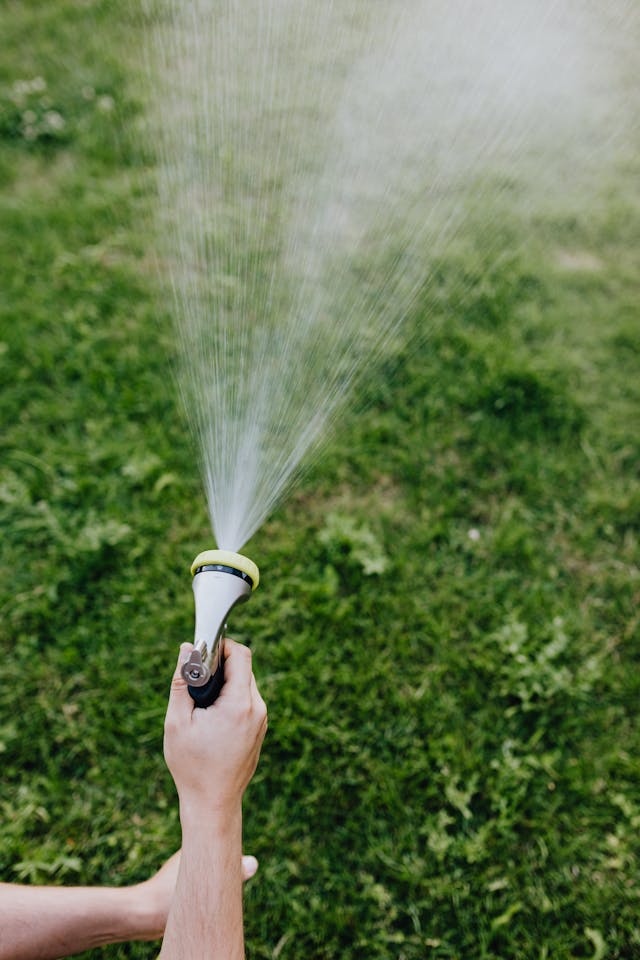
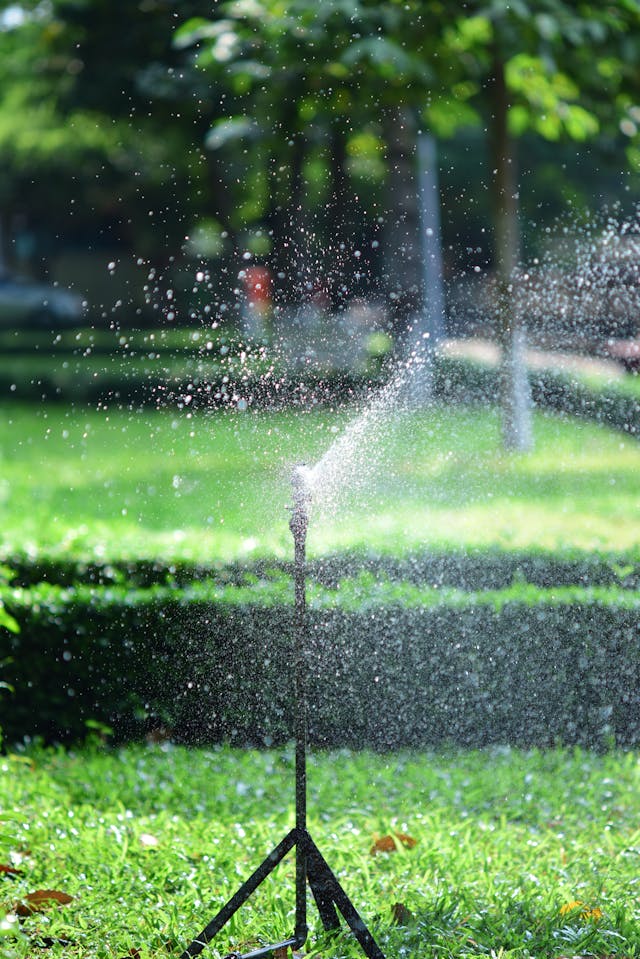
Water Saving Irrigation Techniques You’ll Actually Use
This is the star of the show—the practical tips that transform you’re thirsty yard into a water efficient landscape.
Efficient Irrigation Management
Think of efficient irrigation management like budgeting your money. Only here, your currency is water. Create irrigation hydro zones—grouping plants with similar water needs together. Why water a drought tolerant cactus the same as a thirsty tomato? That’s like feeding your goldfish and your teenager the same meal plan.
Irrigation Scheduling and Smart Controls
- Use soil moisture sensors to know when your soil actually needs water.
- Try weather based irrigation controls to adjust irrigation cycles automatically.
- Timer based irrigation controllers prevent unnecessary water use.
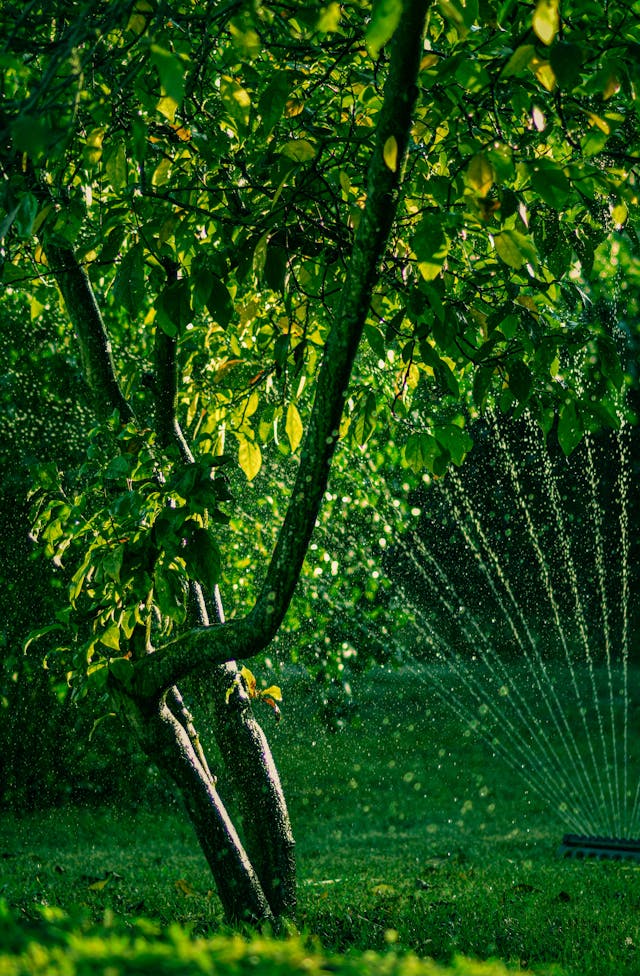
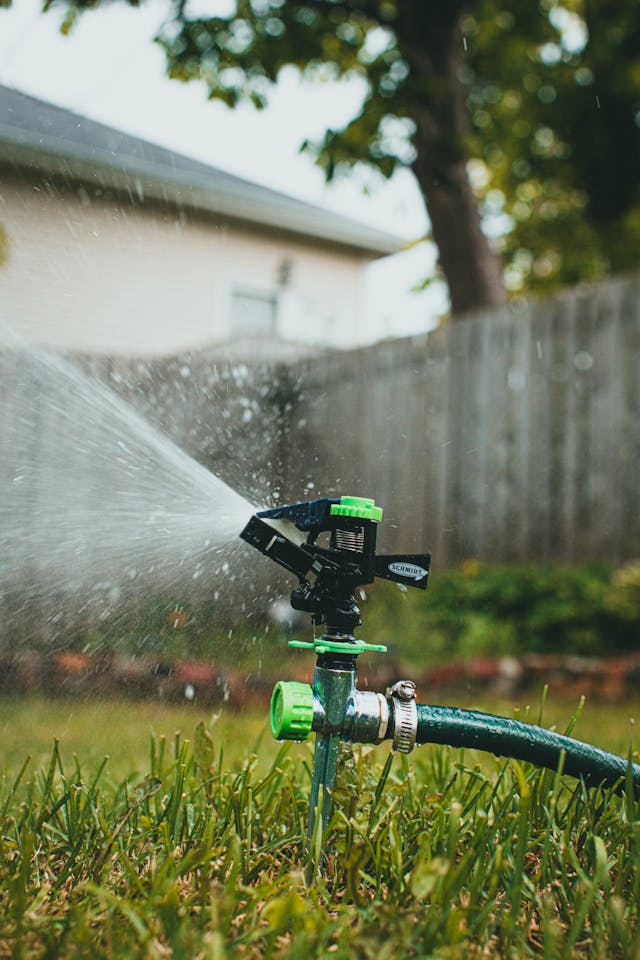
Modern Irrigation Design
Efficient Irrigation Design
Efficient irrigation design isn’t just about laying hoses; it’s about irrigation water use planning. An irrigation professional can help design systems that increase water retention, optimize water applications, and manage water flow.
Key factors in irrigation design:
- Irrigation zones for different water requirements
- Adequate drainage patterns
- Soil moisture information and sensors
- Central irrigation control for larger landscapes
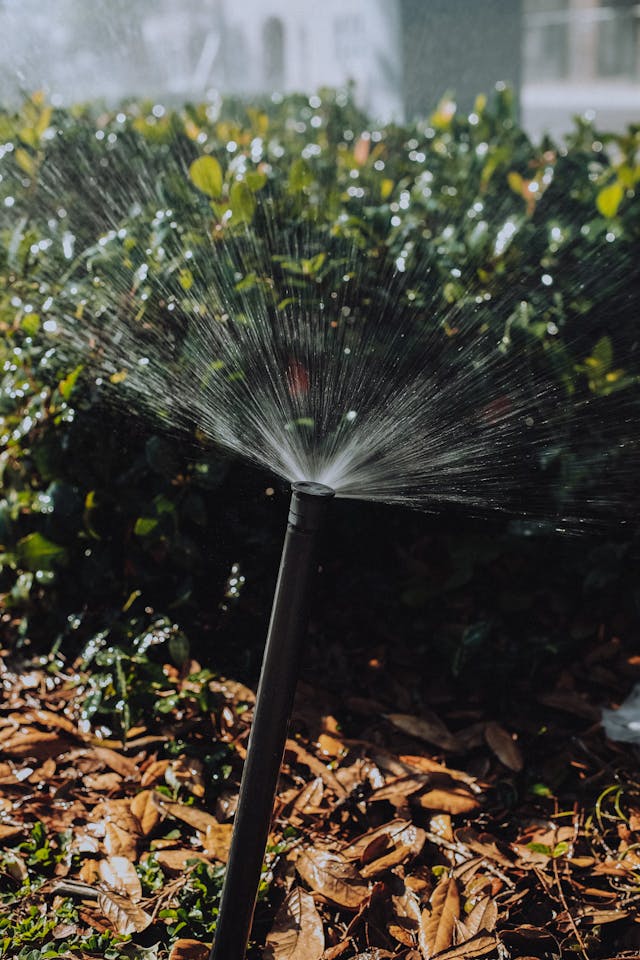
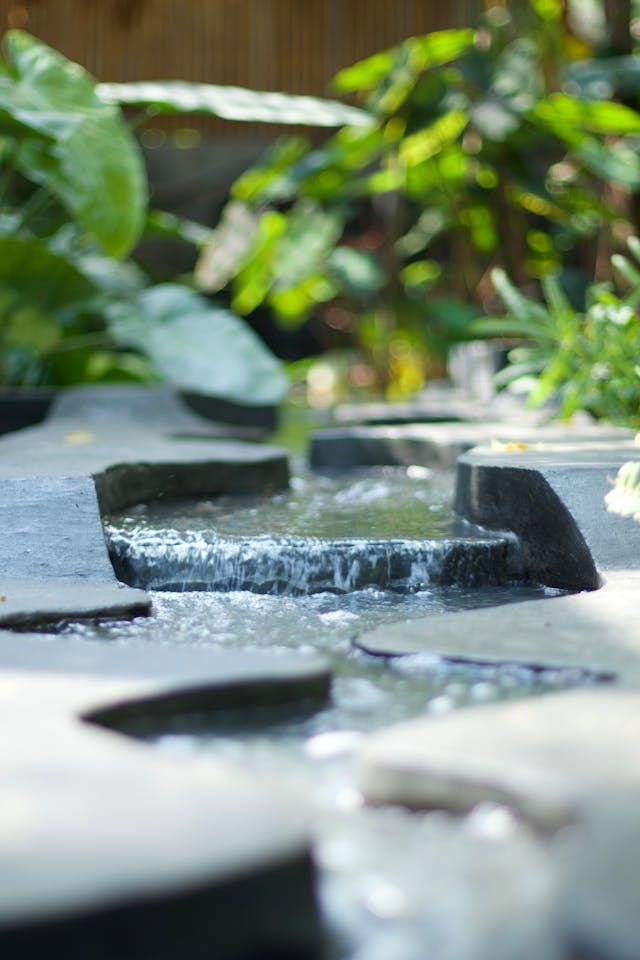
Alternative Water Sources for Irrigation
Why stick to tap water when you can get creative?
Harvesting Rainwater
Rainwater collection tanks paired with soaker hoses = free irrigation water. Rainwater is naturally soft, plant friendly, and doesn’t come with a utility bill.
Reclaimed Water and No potable Water
Some modern irrigation systems are designed for reclaimed water use. It reduces demand on freshwater and keeps your plants thriving with alternative water. Just avoid contaminated water sources—plants love hydration, not bacteria parties.
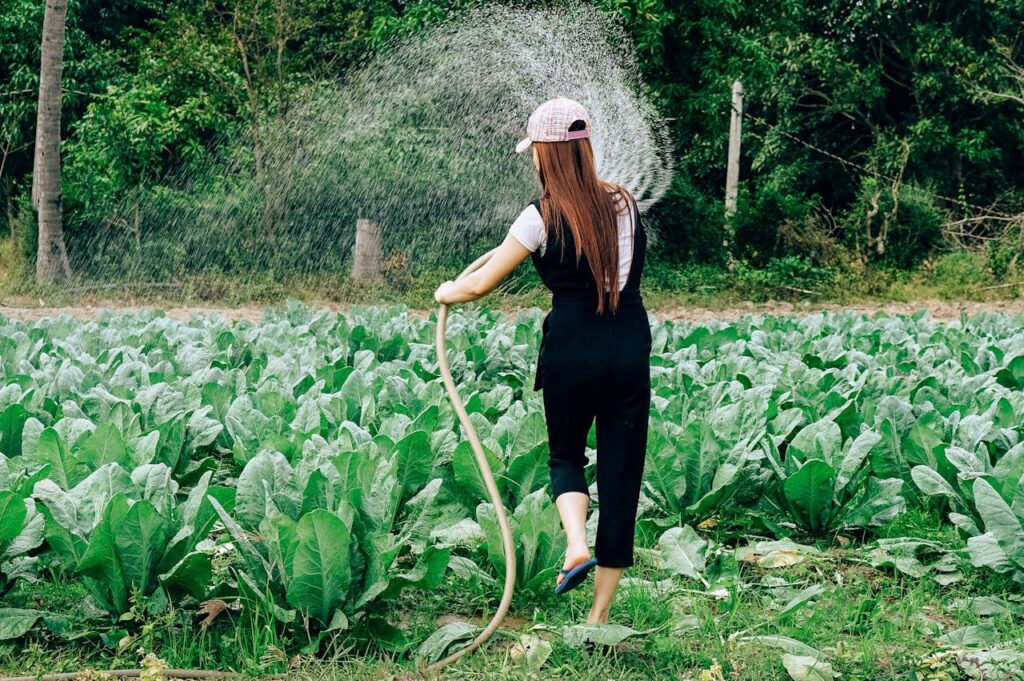
Related gardening topic’s you’ll love:
🌱 Discover clever seed germination shortcuts that’ll have your plants sprouting faster than your morning coffee kicks in.
🐞 Learn how to kick pests out of your garden using natural pest control tricks that actually work—no chemicals, no drama.
🌿 Turn kitchen scraps into garden gold with these composting and soil improvement tips every gardener should know.
🌼 Get your hands on the best outdoor garden hacks to make your yard greener, neater, and way easier to maintain.
Common Mistakes in Irrigation Practices
Here’s a list of “oops” moments most homeowners (and even landscapers) make:
- Uneven watering from clogged hoses or spray head irrigation
- Wastes water by running sprinklers during rainfall
- Over watering (a.k.a. water boarding your poor plants)
- Low water pressure creating weak irrigation lines
- Ignoring overall irrigation maintenance
Pro tip: Run a landscape irrigation audit or hire a qualified irrigation auditor from the Irrigation Association to make sure your watering system doesn’t secretly hate you.
Water Efficient Irrigation Highlights
Let’s spotlight what actually works:
- Micro irrigation delivers water directly to the plant’s root zone.
- Soak irrigation encourages deep root growth and water holding capacity.
- Deficit irrigation is like intermittent fasting for plants—they grow stronger with less frequent irrigation.
- Water efficient irrigation practices cut outdoor water consumption drastically.
Real Life Experience with Water Saving Irrigation Techniques
When I first moved into my house, the initial irrigation system was a disaster. Sprinklers sprayed more of the neighbor’s fence than my lawn. My water bill skyrocketed, and the soil moisture sensor told me the ground was as dry as toast.
After switching to drip irrigation equipment and installing a weather based irrigation controller, I cut my outdoor water use by 40%. Bonus: no more guilt when my kids use extra water balloons in the summer.
Sustainable Agriculture and Water Efficiency
Beyond backyards, sustainable agriculture depends on efficient irrigation methods. Farmers now use internet enabled irrigation devices, irrigation scheduling software, and water conserving techniques like low volume irrigation. This isn’t just about saving water—it’s about long term water reduction for the whole planet.
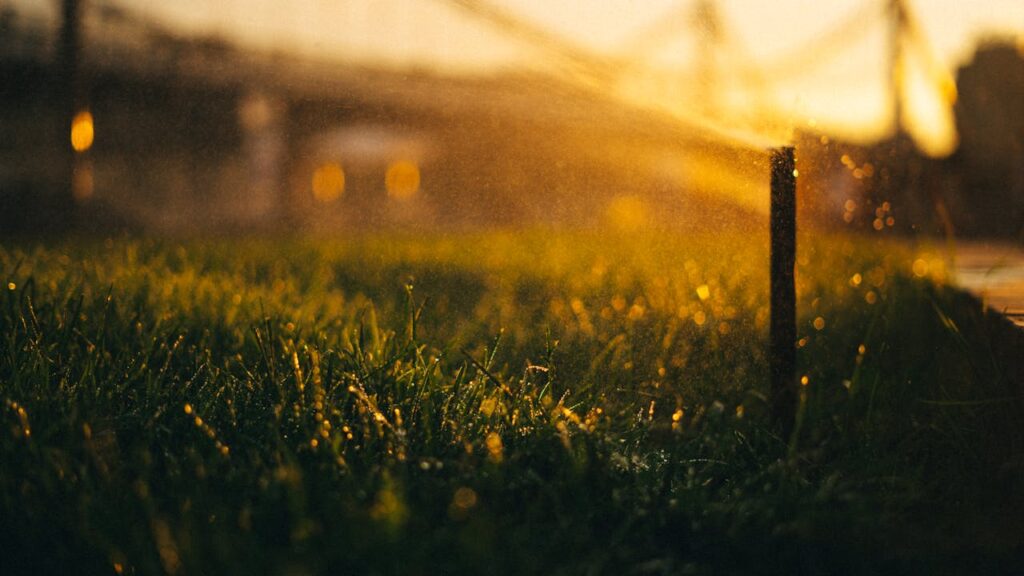
Water Saving Irrigation Techniques Work
Here’s what this all boils down to: water saving irrigation techniques aren’t complicated. Whether you’re a farmer, a gardener, or just someone tired of high water bills, you can master water efficient irrigation.
- Use drip irrigation systems and micro irrigation.
- Upgrade to smart irrigation controllers.
- Harvest rainwater and reuse reclaimed water.
- Run irrigation audits and manage soil moisture.
Efficient irrigation is possible, practical, and even a little funny once you stop spraying the sidewalk. Your plants will thank you, your wallet will thank you, and hey—Mother Nature might give you a nod too.
Frequently Asked Questions (FAQ) About Water Saving Irrigation Techniques
How to save water in irrigation?
Think of irrigation like cooking pasta—you don’t leave the tap running the whole time. Saving water means using water efficient irrigation practices like micro irrigation, soil moisture based irrigation control, and weather based irrigation controls. Add in water saving strategies such as harvesting rainwater and creating irrigation hydro zones. The result? Less water waste and more plant available water. Bonus: your water provider stops giving you side eye on the bill.
What is some water saving techniques?
There are plenty:
- Use drip irrigation (it delivers direct water delivery to roots).
- Install water sense/irrigation controllers for smarter schedules.
- Try low volume irrigation or porous hoses for even moisture dispersion.
- Harvest rainwater like you’re preparing for an apocalypse but prettier.
Basically, swap out the “spray everything and hope” method for water efficient systems that evenly water plants without soaking your neighbor’s car.
What are the 7 types of irrigation?
Here’s the quick lineup, like irrigation’s version of the Avengers:
- Surface irrigation
- Drip irrigation (the most popular method, and yes, drip irrigation can be more efficient)
- Sprinkler irrigation
- Micro irrigation
- Spray irrigation
- Broadcast irrigation methods
- Beds irrigation systems
Each has different irrigation needs. The wrong choice wastes water outdoors faster than a broken hose connection.
What is the highest water saving method of irrigation?
Hands down: drip irrigation is the most popular method for good reason. Micro irrigation delivers water right to the root zone, reduces outdoor water waste, and boosts soil moisture retention. Deep irrigation encourages strong root growth, which means you water less often. It’s like the plant equivalent of teaching kids to cook—they eventually fend for themselves.
Which irrigation technique is best?
“Best” depends on your watering needs. For vegetable beds and small gardens, micro irrigation or drip irrigation systems win. For lawns, modern sprinkler systems with a weather based irrigation controller are the MVP. And for large scale landscapes? A full on landscape irrigation system with demand based irrigation controls. Basically, don’t use a fire hose when a porous hose will do.
Which type of irrigation saves water?
Water efficient irrigation highlights show that drip irrigation and micro irrigation save the most water. They increase water holding capacity, optimize water infiltration, and avoid uneven watering. Think precision watering instead of a splashy free-for-all.
What is the best irrigation system for water conservation?
A smart drip irrigation system with soil moisture based irrigation control is unbeatable. Add a timer based irrigation controller or internet enabled irrigation device, and you’re basically gardening with AI. (But AI that doesn’t judge your crooked rows of tomatoes.)
Which is the best source of irrigation water?
Rainwater is king. Harvesting rainwater and using no potable water where possible keeps freshwater and drinking water safe for… well, drinking. Some water sense irrigation partners even design systems that integrate reclaimed water safely into irrigation zones. Just don’t use contaminated water—plants are tough, but they’re not superheroes.
Which are the modern methods of irrigation?
Modern irrigation’s systems rely on tech:
- Weather based irrigation control
- Internet enabled irrigation devices
- Soil moisture sensors
Central irrigation control for multiple irrigation systems
It’s like turning your landscape into a smart home, except instead of adjusting lights, you’re adjusting water flow.
What are 10 sources of water?
Let’s list them before your irrigation meter explodes:
- Rainwater
- Rivers
- Lakes
- Groundwater
- Wells
- Streams
- Reclaimed water
- Non potable water
- Snow melt
- Municipal water utilities
Each has pros and cons. Rainwater collects for free. Reclaimed water reduces demand. Drinking water? Save it for your coffee, not your petunias.
What are the different types of smart irrigation systems?
Smart irrigation systems are like Fit bits for your plants. Options include:
- Soil moisture based irrigation control (because soggy roots are sad roots)
- Weather based irrigation controllers that schedule irrigation around rain events
- Demand based irrigation controls for commercial landscapes
- Central irrigation control for multiple irrigation zones
With these, you avoid watering during a storm and stop wasting water outside. Plus, your irrigation professional will be very proud of you at the next irrigation events conference.
💧 Whether you’re choosing spray head irrigation, drip irrigation equipment, or a new irrigation system, the key is water conserving techniques. Smart irrigation isn’t just about avoiding outdoor water waste—it’s about achieving optimal water efficiency while keeping your garden thriving and drought tolerant.

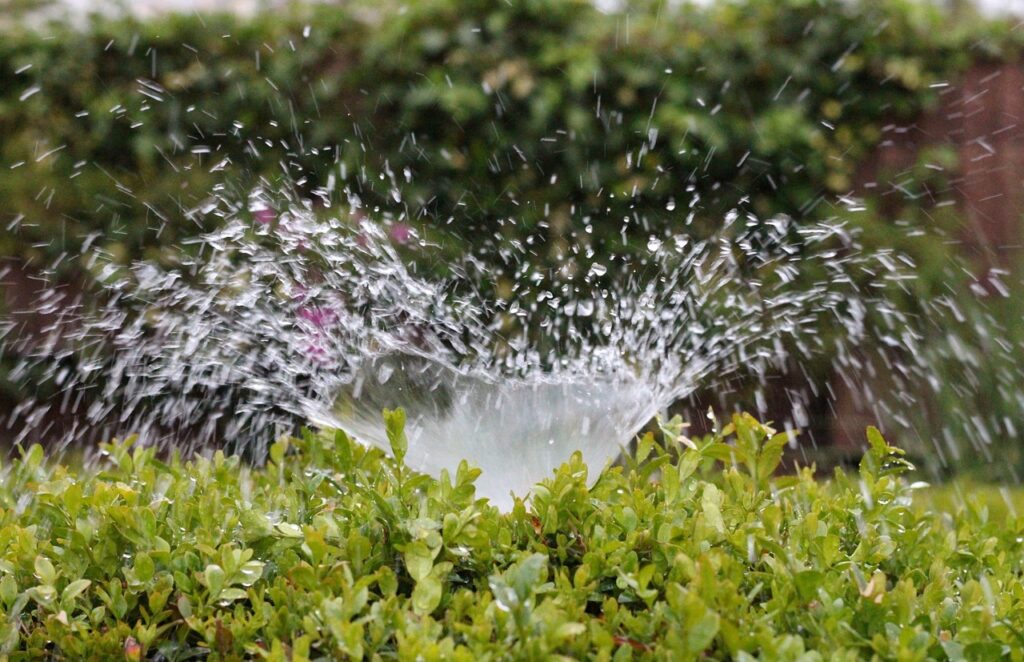










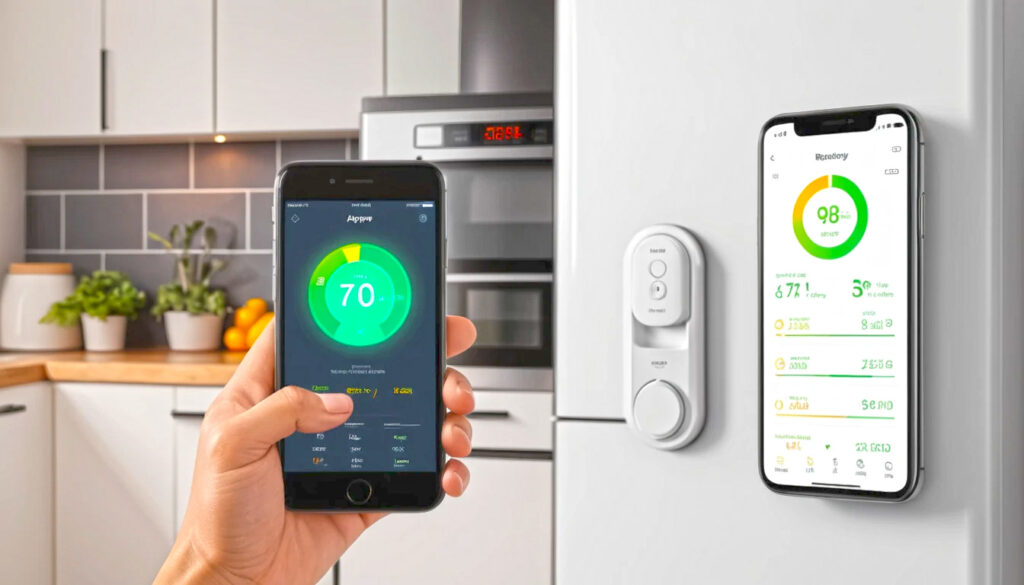




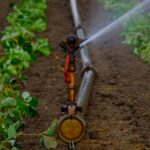
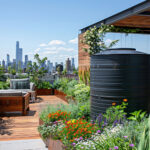
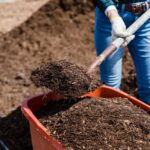
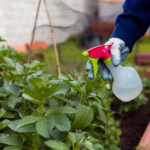




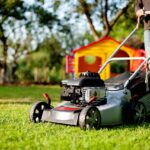
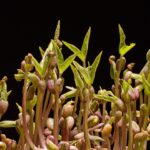
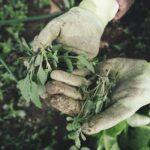
поиск дешевых отелей
What’s Taking place i am new to this, I stumbled upon this I have discovered It positively helpful and it has helped me out loads.
I’m hoping to contribute & help other users like its aided me.
Good job.